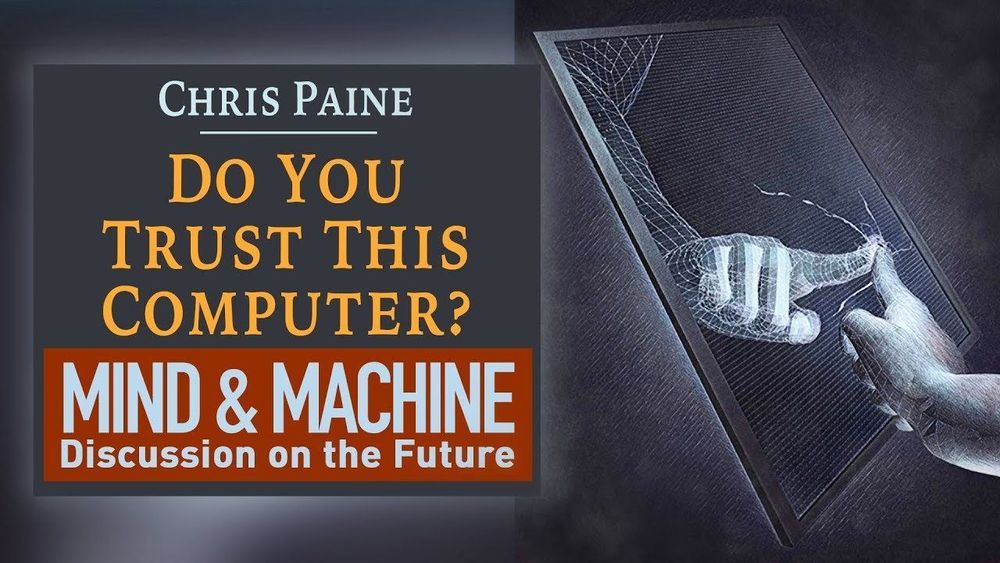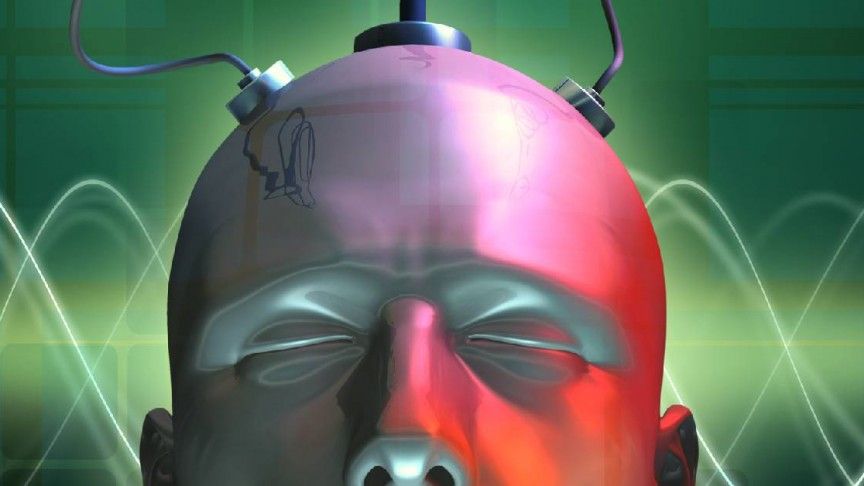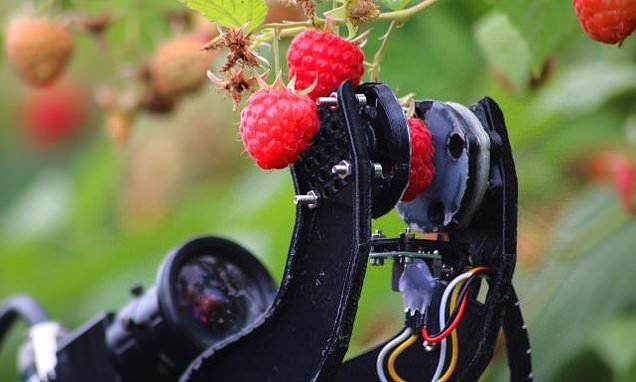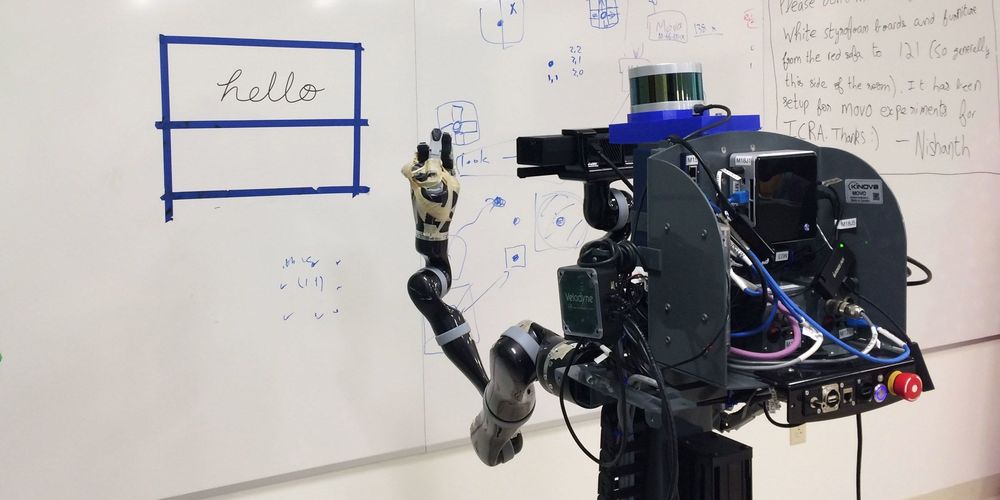May 29, 2019
AI Film “Do You Trust This Computer” Director Chris Paine on Artificial Intelligence
Posted by John Gallagher in categories: education, Elon Musk, Ray Kurzweil, robotics/AI
My guest today is Chris Paine, director of the AI documentary film “Do You Trust This Computer?” and previously the documentary “Who Killed the Electric Car?”. The new film is a powerful examination of artificial intelligence centered around insights from the most high-profile thinkers on the subject, including Elon Musk, Stuart Russell, Max Tegmark, Ray Kurzweil, Andrew Ng, Westworld creator Jonathan Nolan and many more. Chris set out to ask these leaders in the field “what scares smart people about AI”, and they did not hold back.


















